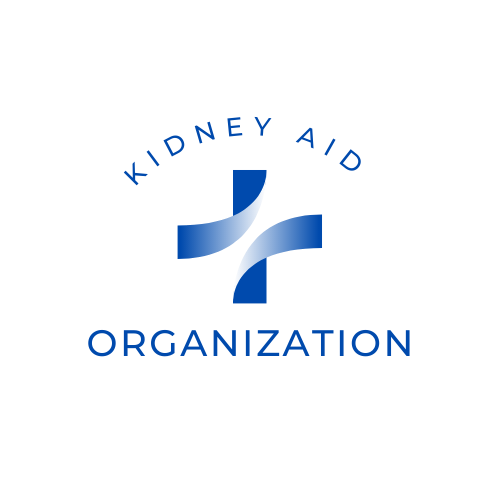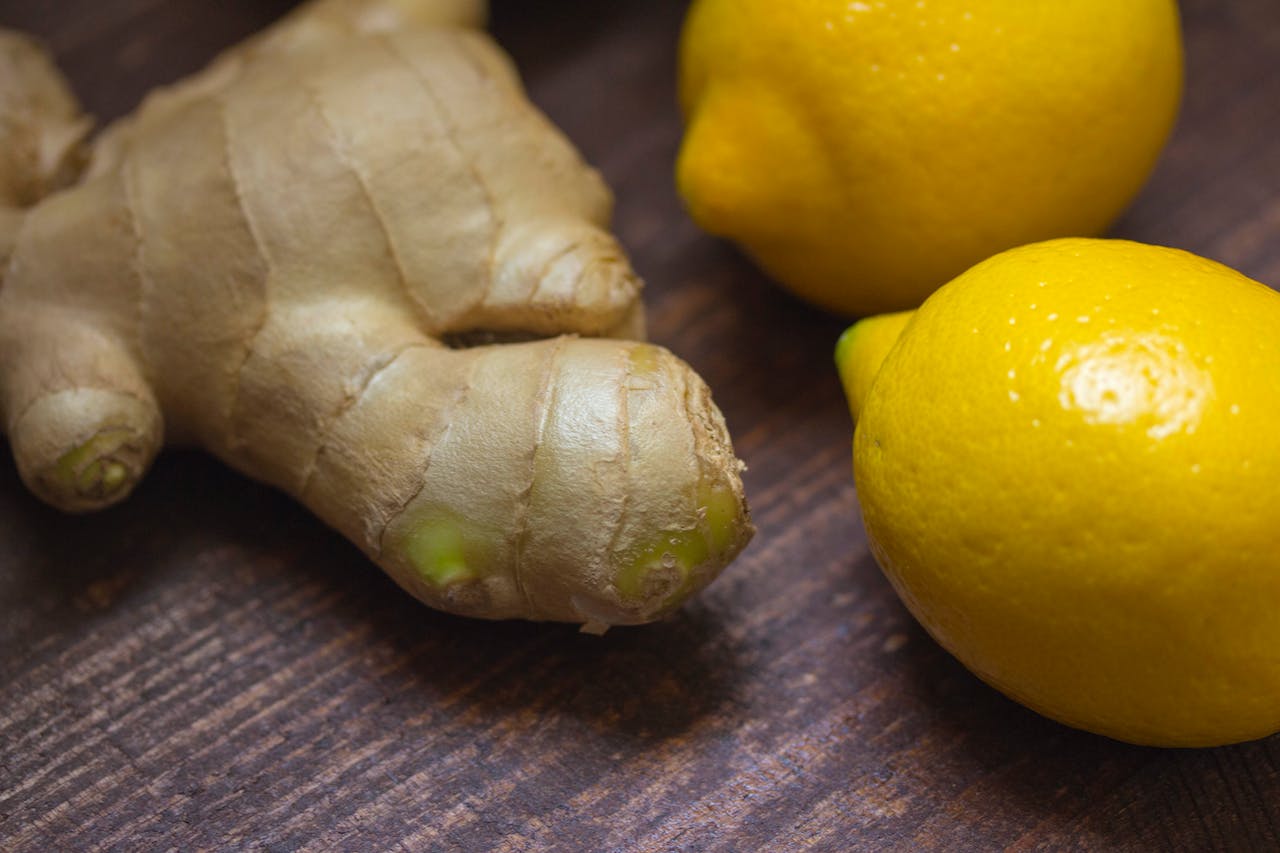Introduction
In the realm of health and wellness, kidney diseases pose a significant challenge for many individuals. The importance of adopting a kidney-friendly diet cannot be overstated, as it plays a pivotal role in managing and preventing further complications. In this blog, we'll delve deep into the world of kidney disease diet recipes, exploring their benefits, incorporating scientific insights, and sharing valuable testimonials to guide you on your journey to improved renal health.
Understanding Kidney Disease: A Brief Overview
Before we embark on our culinary exploration, it's crucial to grasp the basics of kidney disease. The kidneys, responsible for filtering waste and excess fluids from the blood, can be affected by various conditions, such as chronic kidney disease (CKD). Individuals with CKD often require a specialized diet to alleviate strain on their kidneys and maintain optimal health.
The Significance of a Kidney-Friendly Diet
Reduced Sodium Intake
High blood pressure is a common concern for those with kidney issues. Research indicates that a diet low in sodium can effectively lower blood pressure, easing the burden on the kidneys[^1^]. Incorporating flavorful, low-sodium recipes becomes paramount in promoting overall kidney health.
Testimonial 1: Transformative Changes
Sarah, a CKD patient, shares her journey, "Switching to a kidney-friendly diet was a game-changer for me. The reduced sodium intake made a noticeable difference in my blood pressure readings, and I felt more energetic overall."
Monitoring Phosphorus Levels
Elevated phosphorus levels can be detrimental to kidney health, leading to bone and heart complications. Kidney disease diet recipes often emphasize the importance of choosing foods with lower phosphorus content[^2^]. This proactive approach helps maintain phosphorus balance within the body.
Exploring Kidney-Friendly Ingredients
Embracing Fresh Produce
In the realm of kidney disease diets, fresh fruits and vegetables emerge as unsung heroes. Rich in essential nutrients and low in sodium, they form the foundation of a kidney-friendly culinary journey. Leafy greens, berries, and apples are excellent choices, contributing vital vitamins without burdening the kidneys.
Navigating Protein Choices
Contrary to popular belief, individuals with kidney disease need not eliminate protein from their diets entirely. Instead, they can opt for high-quality sources with lower phosphorus content. Fish, eggs, and lean meats become go-to options, providing the necessary protein without exacerbating renal concerns.
Crafting Kidney-Friendly Recipes
Mouthwatering Low-Sodium Delights
Recipe 1: Lemon Herb Grilled Chicken
Ingredients:
- Skinless, boneless chicken breasts
- Fresh lemon juice
- Olive oil
- Garlic cloves
- Mixed herbs (rosemary, thyme, oregano)
- Salt substitute
Instructions:
- Marinate chicken in lemon juice, olive oil, minced garlic, and mixed herbs.
- Grill until fully cooked.
- Sprinkle with a salt substitute for added flavor.
Testimonial 2: Culinary Bliss
John, a kidney disease patient, shares his experience with the Lemon Herb Grilled Chicken, "I never thought a kidney-friendly meal could be this delicious. It's become a staple in my weekly menu, and my family loves it too!"
Innovative Approaches to Phosphorus Control
Recipe 2: Quinoa and Vegetable Stir-Fry
Ingredients:
- Quinoa
- Colorful bell peppers
- Broccoli florets
- Carrots, thinly sliced
- Low-phosphorus stir-fry sauce
Instructions:
- Cook quinoa according to package instructions.
- Stir-fry veggies until tender-crisp.
- Toss cooked quinoa and stir-fry sauce into the mix.
Fact 3: Quinoa's Phosphorus Profile
Quinoa, a versatile grain, stands out as an excellent choice for kidney-friendly diets. Its lower phosphorus content aligns with the goal of maintaining optimal phosphorus levels in individuals with kidney disease[^3^].
Scientific Insights: The Role of Nutrients
Harnessing the Power of Omega-3 Fatty Acids
Omega-3 fatty acids, renowned for their anti-inflammatory properties, play a crucial role in kidney health. Fatty fish like salmon and flaxseeds are rich sources, contributing to the overall well-being of individuals with kidney disease[^4^].
Testimonial 3: Omega-3 Transformation
Maria, diagnosed with CKD, shares her success story, "Incorporating omega-3-rich foods was a turning point for me. Not only did it benefit my kidneys, but I also noticed improvements in joint pain and overall inflammation."
The Impact of Antioxidants
Antioxidants, found abundantly in fruits and vegetables, offer protection against oxidative stress – a factor linked to kidney damage[^5^]. Berries, red grapes, and kale become dietary allies in promoting kidney health through their antioxidant-rich profiles.
Practical Tips for Meal Planning
Preparing Kidney-Friendly Weekly Menus
Strategic meal planning is the cornerstone of a successful kidney disease diet. By diversifying your menu, you ensure a balanced intake of nutrients while keeping the culinary journey exciting and enjoyable.
Fact 4 : Variety Matters
A varied diet not only enhances nutritional intake but also prevents monotony, making it more likely for individuals to adhere to their kidney-friendly dietary plans[^6^].
Navigating Dining Out
Maintaining a kidney-friendly diet doesn't mean sacrificing social experiences. When dining out, opt for grilled, steamed, or roasted dishes, and communicate your dietary needs to the restaurant staff. Many establishments offer customizable options for patrons with specific health considerations.
Conclusion
Embarking on a kidney disease diet journey is not just about restriction; it's an opportunity to explore a world of flavors while prioritizing your health. By incorporating the insights shared in this comprehensive guide, you're equipped to make informed choices, savor delicious recipes, and cultivate habits that contribute to your overall well-being. Here's to a vibrant life with kidney-friendly culinary delights!

